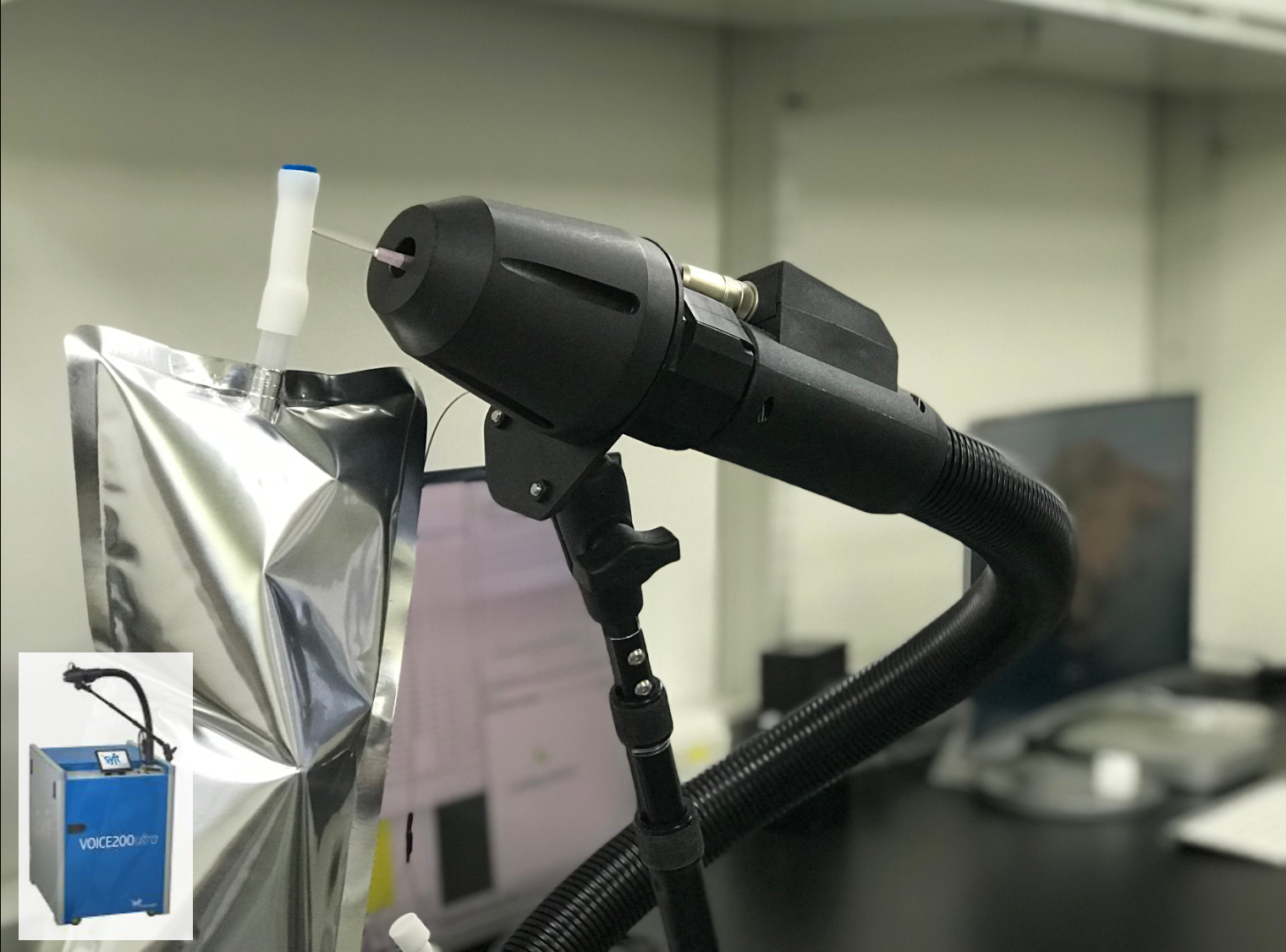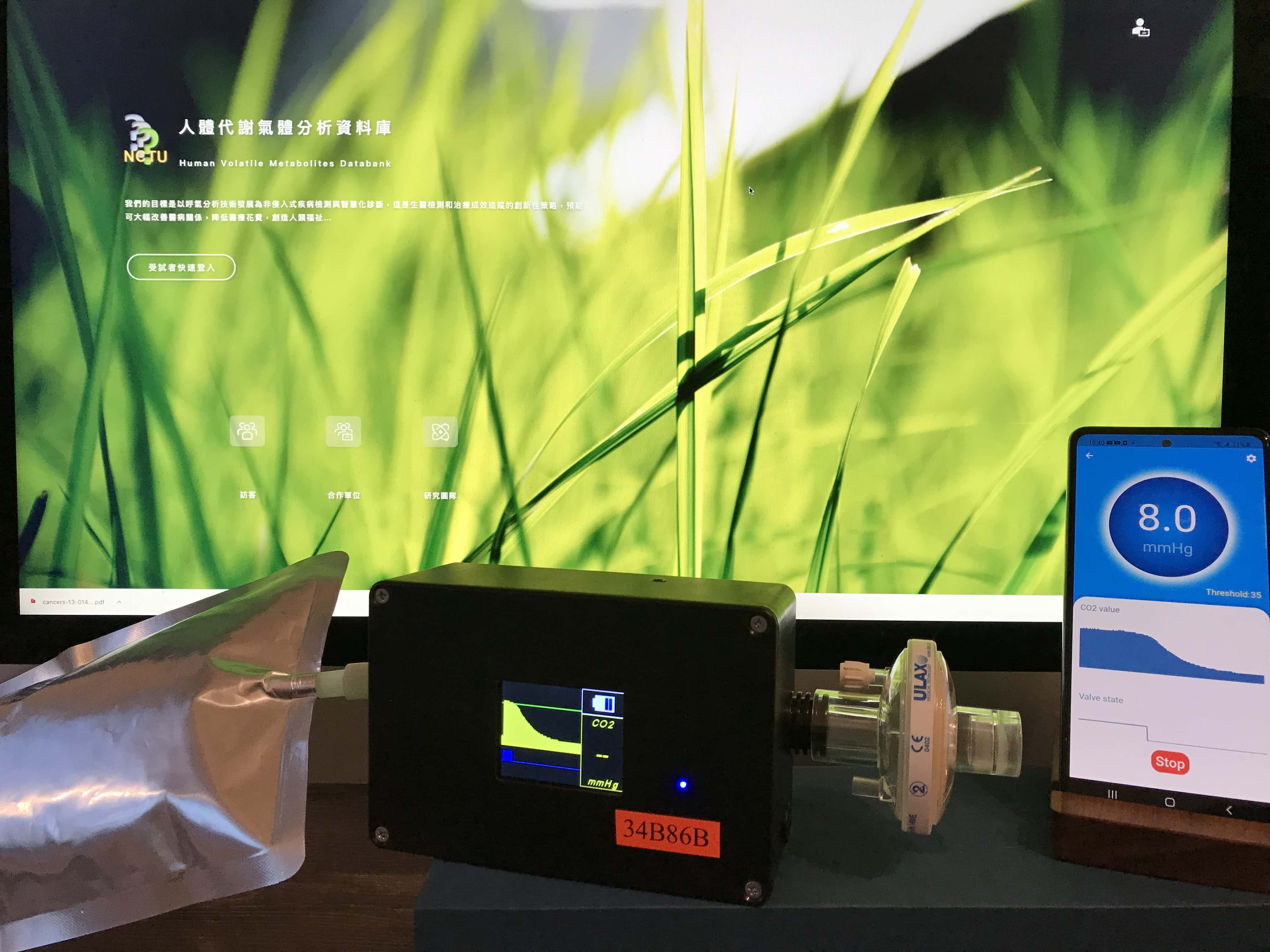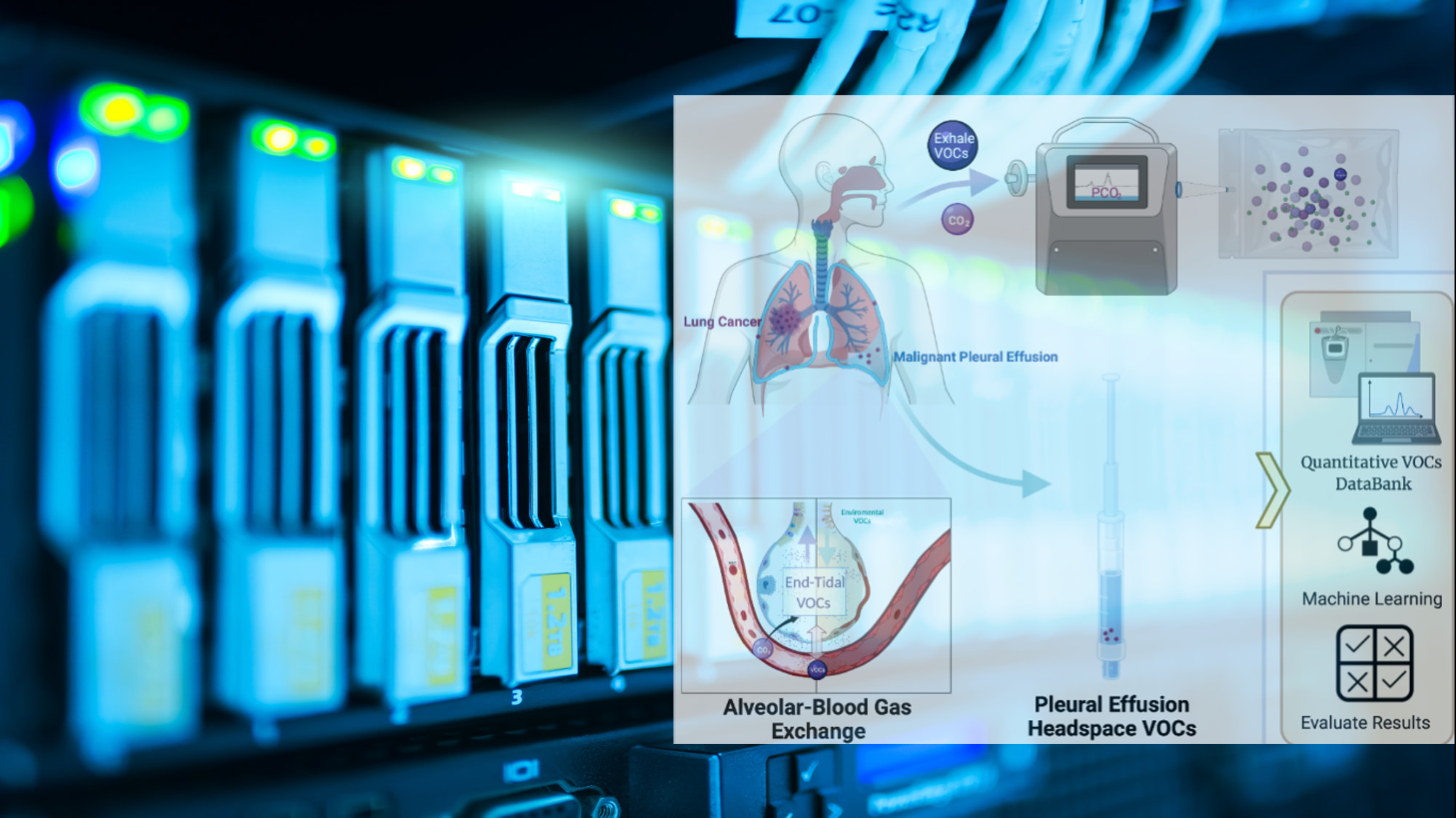| Technical Name | Non-invasive intelligent medical diagnosis-prediction models for lung diseases | ||
|---|---|---|---|
| Project Operator | National Yang Ming Chiao Tung University | ||
| Project Host | 李耀坤 | ||
| Summary | The volatile organic compounds (VOCs) derived from human breath can reflect metabolic changes induced by diseases. We quantitatively analyzed the breath samples of nearly 5,000 subjects using advanced mass spectrometry technology. The results are compiled to build a database. Statistical hypothesis testing methodsmachine learning methods are used to establish prediction models of disease states. In the future, VOC analysis will be employed to assistreplace the current invasive examination to achieve the goal of intelligent disease prediction. In this platform, interdisciplinary technologies are integrated, including medicine, chemical analysis, informatics,data science,the industry is expected to be cutting-edge. |
||
| Scientific Breakthrough | A non-invasive detection platform was developed using human volatile organic compounds (VOCs). In the first stage, a database of VOCs in exhalation of human was created, along with blood test data for each individual. We developed disease prediction models using machine learningdeep learning technology based on the VOCs information in this database. Asthmalung cancer can be independently predicted with nearly 90 accuracy with our current prediction models. |
||
| Industrial Applicability | VOCs researchapplications have attracted substantial attentions both from academiaindustry. Currently, only Owlstone Medical in the UKBreathonix Ltd. in Singapore are close to launching industrial applications. Taiwan has an unparalleled health care system, giving us a distinct advantage in this field. Over the past few years, we have built a database of approximately 5,000 individuals with more than 300 VOCs. It is the world's first database of VOCs integrated with blood tests. A prediction model with near 90 accuracy has been developed independently for lung cancerasthma. Further applications of this databaseprediction platform could lead to non-invasive diagnostics for various diseases by using a single breath. |
||
| Keyword | Proton transfer reaction mass spectrometry Volatile organic compounds Database Data science Deep learning non-invasive diagnosis Disease prediction Disease gaseous biomarkers Lung cancer Asthma | ||
- Contact
- Qin Shan Lee
- sharonlee@nycu.edu.tw
other people also saw







